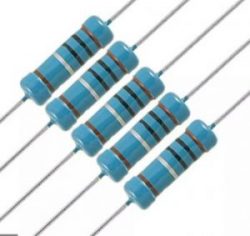Impedance calibration (L, C, R)
LCR meter
High precision LCR meters usually have 4 TP (terminal pair) BNC connectors which minimizes unwanted parasitic capacitances and better defines reference measurement impedance plane, which improves accuracy e.g. 0.05%. Comprehensive calibration of LCR meters includes the following calibration points:
- test frequency
- test voltage
- DC bias
- capacitance and dissipation factor
- resistance
- inductance
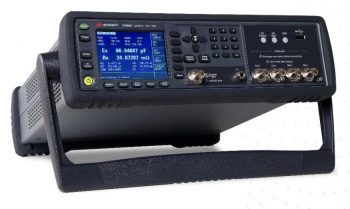
LCR meter (handheld)
Handheld LCR meters usually contain 2 terminal connections, which improves user experience in the sense of easy operation. On the other hand, it limits frequency range and accuracy. Typical calibration points are:
- inductance
- capacitance
- resistance
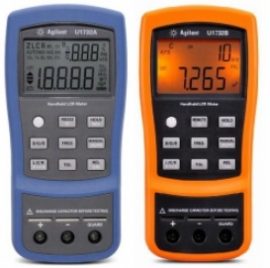
Digital capacitance bridge
Digital capacitance bridge is the most accurate commercial instrument for capacitance and dissipation factor measurement on the market with high stability, resolution, linearity, and accuracy in the range of 5 ppm. It is used for capacitance working standard calibration. Calibration of digital capacitance bridge can also be covered by SIQ.
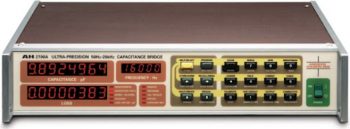
Impedance analyzer
Impedance analyzers are used for impedance frequency response measurement up to 100 MHz range and more. Their operation is constructed as a sweeper, which is perfect for impedance elements quality control. Calibration is performed in the sense of LCR meter.
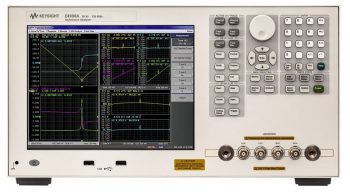
Capacitance standards
Capacitance standards are 4 TP devices used for LCR meters calibration/verification. SIQ can perform calibration of capacitance and dissipation factor standards up to 10 MHz from 1 pF to 1 µF.
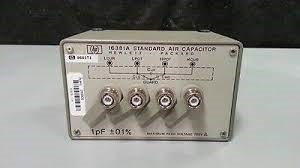
Inductance standards
Inductance standards are used for LCR meters calibration. SIQ can perform accredited calibration from 100 µH to 10 H from 100 Hz to 1 kHz.
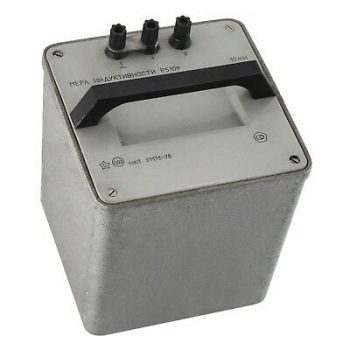
Resistance standards
Resistance standards are 4 TP devices used for LCR meters calibration and can be calibrated from DC up to 10 MHz.
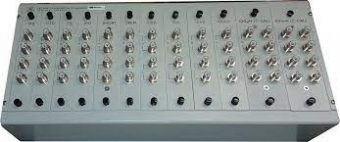
Capacitors, resistors, inductors (impedance elements)
SIQ also performs calibration of 2 TP/T (terminal pair/terminal) inductors, capacitors, and resistors up to 10 MHz.
